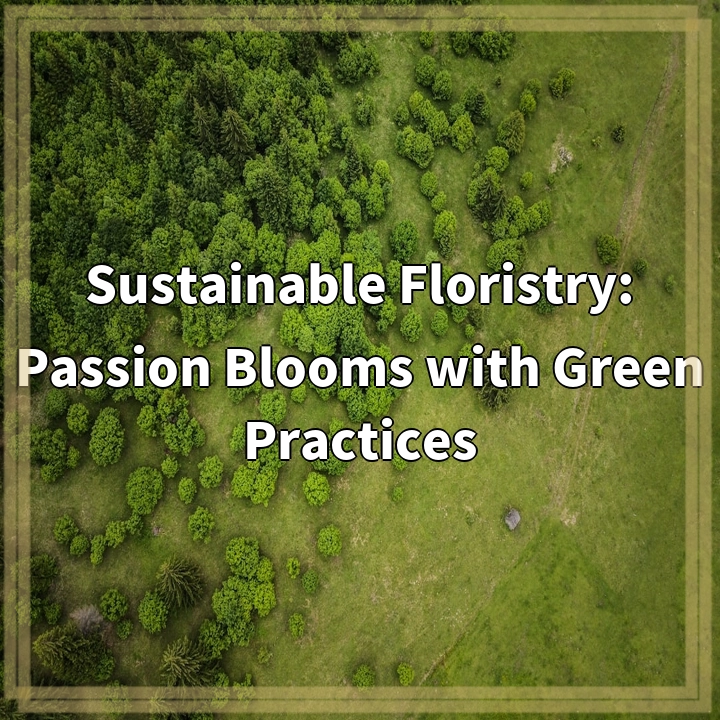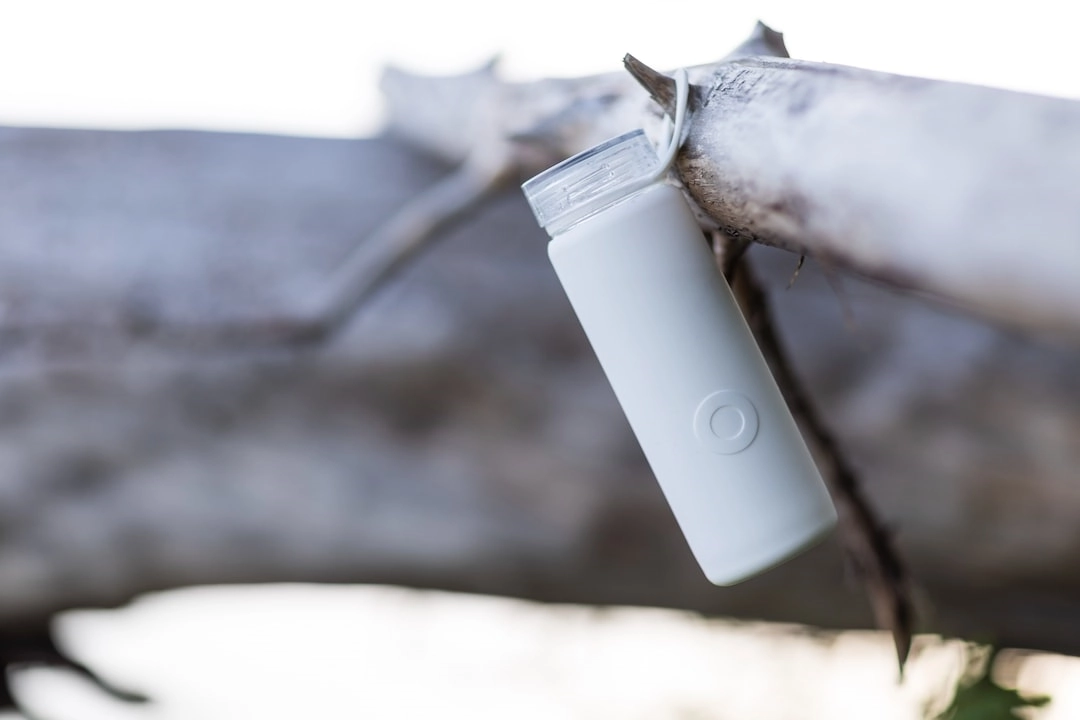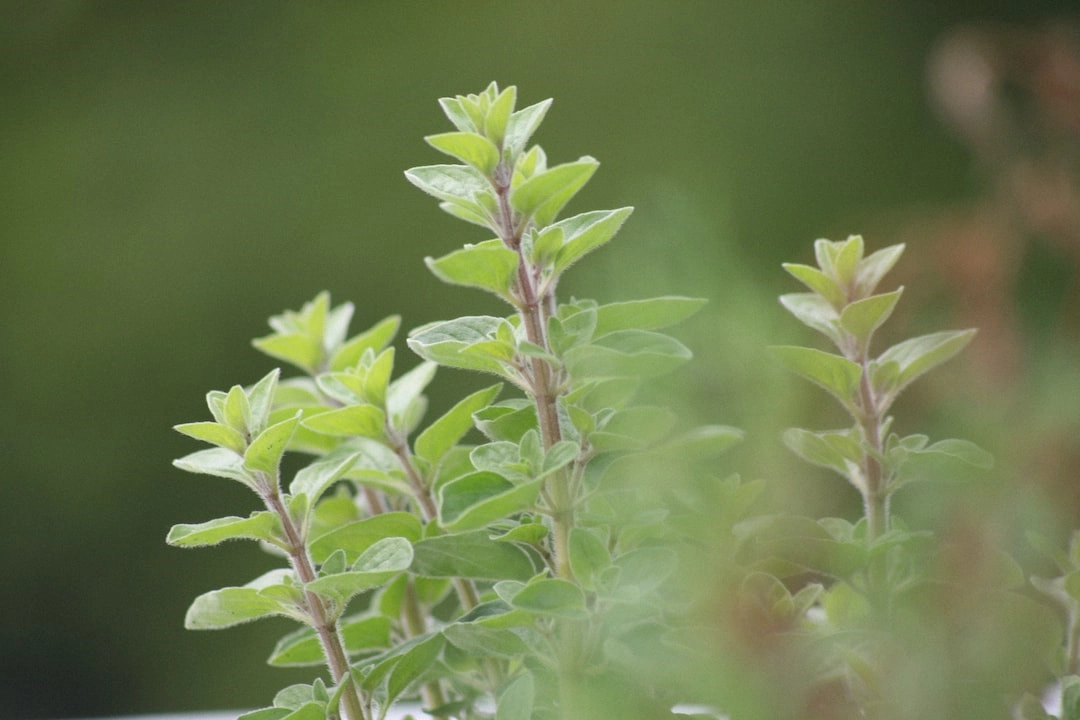
What is Sustainable Floristry?
Sustainable floristry is a practice that aims to minimize environmental impact and promote ethical sourcing and production methods within the floral industry. It revolves around the idea of using eco-friendly materials, reducing waste, and supporting local and fair trade flower growers. Sustainable floristry embraces a holistic approach that considers the entire lifecycle of flowers, from cultivation to disposal.
Real-World Problems Associated with Sustainable Floristry
1. Environmental Impact:
Traditional floristry practices often involve the use of harmful chemicals, such as pesticides, herbicides, and preservatives. These chemicals can pollute soil, waterways, and harm wildlife. Additionally, the intense demand for flowers leads to deforestation and habitat destruction as natural ecosystems are converted into flower farms.
2. Carbon Footprint:
The global flower industry heavily relies on long-distance transportation, which contributes to greenhouse gas emissions. Flowers are often flown in from countries with different climates, resulting in higher energy consumption and carbon dioxide emissions. This transportation process also involves excessive packaging materials and refrigeration to maintain freshness during transit.
3. Water Use:
Flower cultivation, particularly in regions with limited water resources, can strain local water supplies. Conventional flower farming methods often involve excessive irrigation and inefficient water management practices. This can lead to depletion of water sources, negatively impacting surrounding ecosystems and communities.
4. Labor and Fair Trade:
Sustainable floristry promotes fair labor practices and supports workers’ rights. The flower industry, especially in developing countries, has been associated with poor working conditions, low wages, and exploitation of labor. By buying flowers from certified fair trade farms, we can ensure that workers are paid fair wages and have decent working conditions.
5. Floral Waste:
The floral industry generates a significant amount of waste, including unused flowers, packaging, and single-use plastic. These materials often end up in landfills, contributing to pollution and further environmental degradation. Sustainable floristry encourages composting or recycling of floral waste and promotes the use of biodegradable or reusable materials.

Solutions for Sustainable Floristry
1. Eco-friendly Materials:
Using organic and biodegradable materials, such as natural dyes, sustainable floral foam alternatives, and recyclable or compostable packaging, can minimize the environmental impact of floristry practices. By opting for sustainable materials, we can reduce the use of harmful chemicals and promote a healthier ecosystem.
2. Local and Seasonal Sourcing:
Supporting local flower growers and choosing seasonal blooms reduces the need for long-distance transportation, thus lowering the carbon footprint of the floral industry. This approach also encourages biodiversity and protects native plants, wildlife, and natural habitats.
3. Water Conservation:
Implementing efficient irrigation systems, capturing rainwater, and using water-wise practices help reduce water usage in flower cultivation. Proper water management techniques can mitigate the impact of floristry on local water resources, preserving ecosystems and ensuring a sustainable water supply for communities.
4. Fair Trade and Ethical Practices:
Choosing certified fair trade flowers ensures that workers receive fair wages, have safe working conditions, and are protected from exploitation. Supporting ethical floral businesses promotes social justice and creates a more sustainable and equitable floral industry.
5. Upcycling and Waste Reduction:
Encouraging the repurposing of flowers and utilizing floral waste through composting or donating arrangements to local hospitals, nursing homes, or shelters helps minimize waste and extends the lifespan of blooms. Additionally, using reusable and recyclable materials for packaging and avoiding single-use plastics reduces overall waste generation.















